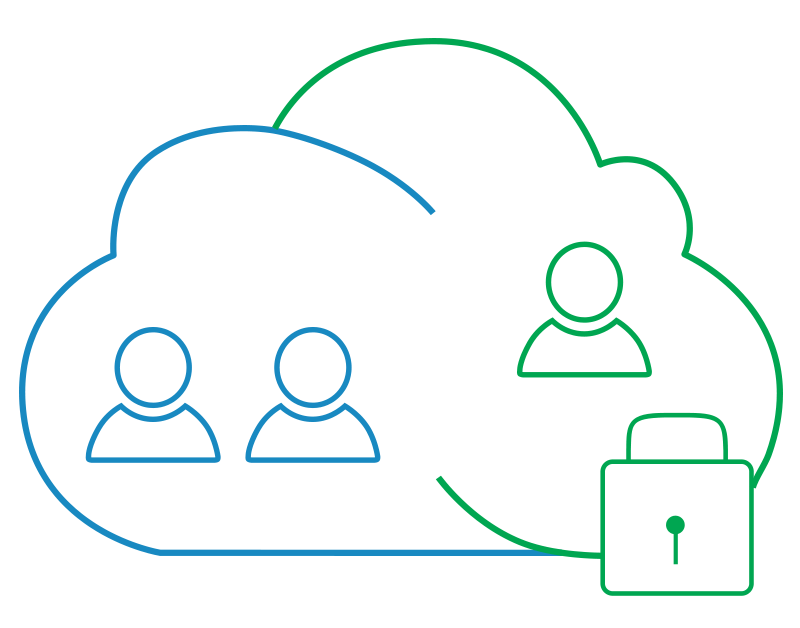- WordPress
-
WordPress Hosting
70% OFF
For simple website management
-
WooCommerce Hosting
Perfect for E-Commerce businesses
-
WordPress Hosting
70% OFF
- Hosting
-
Web Hosting
70% OFF
For new and small business websites
-
Cloud Hosting
Free Trial
Best for rapidly growing websites
-
Reseller Hosting
Perfect for reselling hosting services
-
Web Hosting
70% OFF
- VPS & Dedicated
-
VPS Hosting
30% OFF
For more power and control
-
Windows VPS
Windows VPS made easy!
-
Dedicated Hosting
For customized server configurations
-
VPS Hosting
30% OFF
- Website Builder
-
AI Website Builder
75% OFF
Build anything from blogs to e-commerce sites
-
AI Logo Maker
Create stunning logos instantly
-
Google Workspace
All-in-one productivity solution
-
SSL Certificates
Security with SSL power
-
AI Website Builder
75% OFF
- Domain


